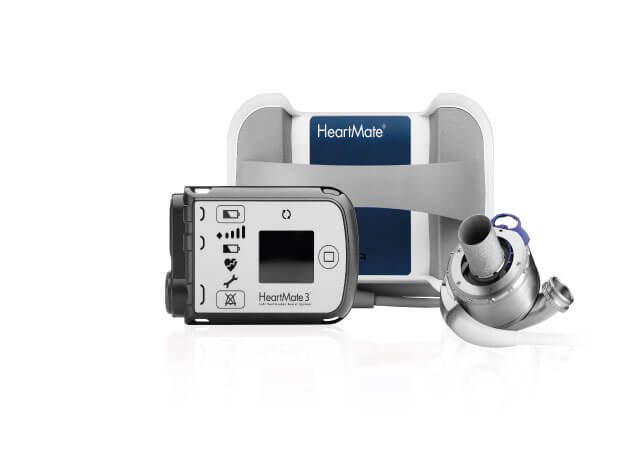
Venoarterial extracorporeal membrane oxygenation (VA ECMO) provides temporary mechanical circulatory support for patients in refractory cardiogenic shock. Initiation of VA ECMO often results in increased left ventricular (LV) afterload as the result of pressurization of the aorta and retrograde flow toward the aortic valve, subjecting a failing left ventricle to increased work. If the left ventricle is unable to overcome this higher afterload, it may lead to increased LV end-diastolic pressure (LVEDP), wall stress, greater myocardial oxygen demand, inadequate opening of the aortic valve, and decreased stroke volume. LV distention ensues and worsens ongoing subendocardial ischemia. There begins a potential for LV thrombus formation from loss of pulsatility and stagnation of blood, ventricular arrhythmias, and pulmonary edema.1 Overall, VA ECMO is a useful therapy for end-organ dysfunction in the setting of acute cardiogenic shock; however, resultant LV distention negatively impacts myocardial recovery and should be routinely mitigated by ventricular unloading. Though several mechanical LV unloading strategies are available, herein, the authors summarize why the addition of a temporary ventricular assist device (VAD) is necessary and should be used liberally for LV decompression with VA ECMO.
IN THE PAST 35 YEARS, more than 50,000 adults have been treated with venoarterial (V-A) ECMO, underscoring its immensely valuable role in treating severe cardiogenic shock.1-3 Despite familiarity with its use, best practices for managing routine physiologic elements of V-A ECMO remain poorly defined. This is particularly true for LV distention, a common consequence of V-A ECMO caused by increases in aortic pressure generated by shunting of venous blood into the arterial system.4,5 The acute rise in aortic pressure that occurs with V-A ECMO initiation increases LV pressure, distends the LV, and decreases stroke volume. The resultant increase in myocardial oxygen consumption, potential for hemostasis/thrombosis, and abrupt rise in left atrial pressure collectively limit the potential for myocardial recovery and contribute to cardiogenic pulmonary edema.4,5 These physiologic complications may lead to poor patient-centric outcomes, including inability to wean from cardiopulmonary support and mortality.6 Given the well-established risks of LV distention, one might argue in favor of routine use of LV unloading devices in all patients on V-A ECMO. However, we believe unloading devices are not universally necessary as some patients do not have significant LV distention and these machines confer risks that may outweigh the benefit of their routine use. Instead, we advocate for an individualized approach in which mechanical unloading is used only among patients at high risk of complications of LV distention who are most likely to realize improvement in clinical outcomes.
